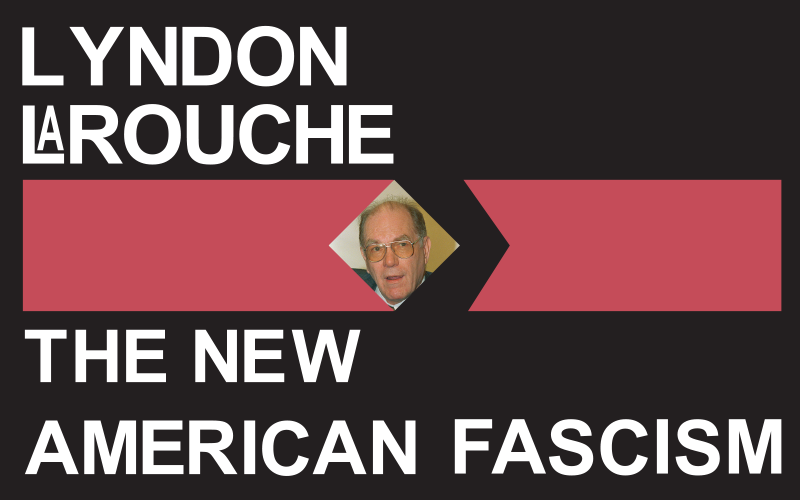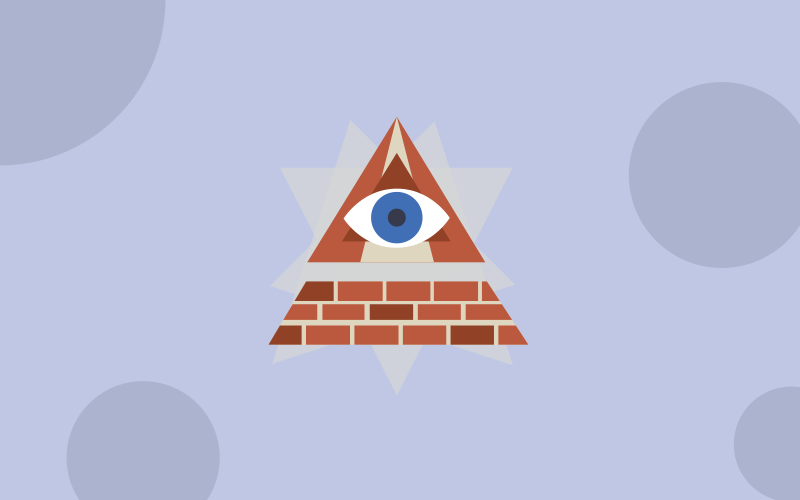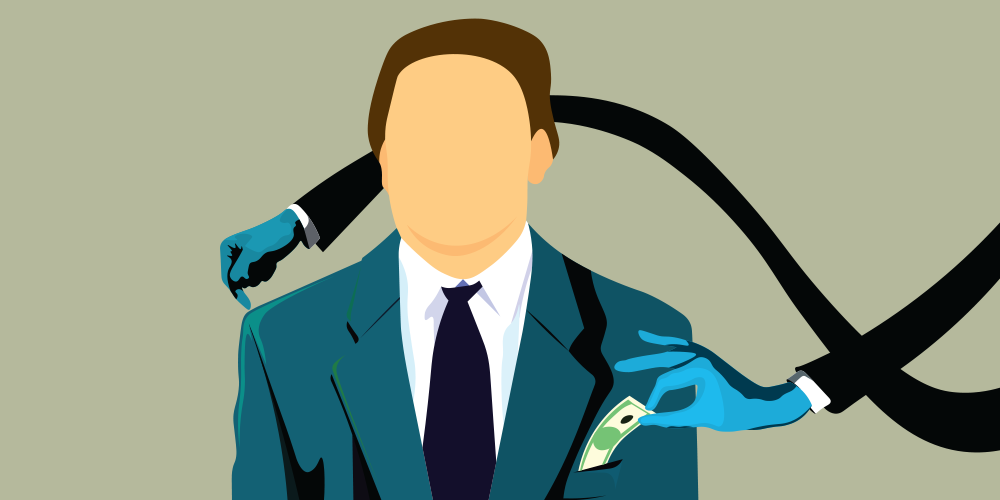If you’ve ever worked a cash register, someone may have tried to con you. Register cons are little magic tricks, hustles where a fast-talking customer scams a busy cashier into giving the wrong change. Other scams are long cons, criminal novellas where a grifter selects a mark, establishes a bond, spins a convincing tale over time, and then fleeces their victim. A classic cinematic example is The Sting, the 1973 film where con men Paul Newman and Robert Redford take Robert Shaw for half a million dollars. Big money in those days.
The moral of The Sting is that you can’t cheat an honest man, but actually many cons prey on the trusting. According to Maria Konnikova, author of The Confidence Game, some marks are taken in because they believe too much in the good intentions of others. Other marks are susceptible because they feel they are deserving of good fortune or because they think they are too smart to be fooled. And people, in general, are more susceptible to scams at periods of stress and disruption in their lives. Trust, conceit, and anxiety. It’s a recipe for becoming a mark.
Grifters also have tell-tale characteristics. They are charismatic, and Konnikova talks about a “dark triad” of narcissism, psychopathy, and Machiavellianism. Grifters look the mark in the eye and tell them a story about romance or riches, dangling a reward in one hand while picking the mark’s pocket with the other. Charles Ponzi, the dapper, early 20th-century swindler, had a self-assured manner and a lavish style that convinced thousands that he could earn them exorbitant profits. Ponzi scammed his investors for almost 15 million dollars. Nearly a century later, Bernard Madoff built an image as a financial guru who could always beat the market. For years, his apparent success convinced investors and even regulators that his firm was beyond reproach. Before he was discovered to be a crook, he managed to steal more than 60 billion dollars.
Only a flimsy veil lies between the long con and the cult. In both cults and cons, the grifter gets the mark to suspend critical judgment. But where the long con relies on reinforcement of financial and emotional desires, cults go all-in with psychological manipulation and physical abuse. Over the course of two decades, the charismatic narcissist Keith Raniere progressed from multi-level marketing schemes to a personal improvement scam to a sex cult. Raniere was a self-proclaimed genius, and his NXIVM (NEX-ee-um) organization targeted well-off but insecure individuals who paid thousands of dollars for classes to realize their full potential. But, as a 2018 lawsuit charged, the need for classes and improvement was never-ending.
So far that’s just a big con. When an inner circle in NXIVM also started recruiting women into a harem called DOS (which abbreviated a Latin phrase meaning “Master over Slave Women”), it crossed over from con to cult. The women in the harem were isolated, extorted, starved, and ordered to be sexually available at any time; several were branded with Keith Raniere’s initials. Eventually, Raniere and members of his inner circle were convicted of racketeering, sex trafficking, and other charges.
The con artist who becomes a cult leader goes beyond dangling riches and romance. They are likely to be pitching a mix of power, faux enlightenment, and elitism to their acolytes. Cults often manufacture a sense of special purpose by fabricating enemies. Lyndon LaRouche was a one-time Trotskyist who fashioned a political cult with a message predicting economic and social collapse. LaRouche ran for president eight times and freely blended Marxist and neo-Nazi ideology in his political campaigns and fundraising. His list of villains drew on conspiracy theories about the British monarchy, Jews, Satanists, and the Rockefeller family. While his followers occasionally resorted to violence, his political cult seems to have been mostly about money: LaRouche operated through a host of corporations, businesses, and front organizations which netted him millions of dollars in donations, loans, and federal matching money. Eventually, he was convicted of tax evasion and fraud involving over 30 million dollars in loans, and he served a prison sentence from 1989 until his release in 1994.

Conspiracy ideation — the mindset that events are controlled by a hidden elite — makes people susceptible to such cons. According to Joseph Uscinski and Joseph Parent, two University of Miami researchers who reported on conspiracy believers in their book American Conspiracy Theories, the conspiracy mindset is separate from political ideology and political partisanship. Conspiracy addicts tend to be outsiders to the political process, as well as less educated and affluent on average. What’s more, people who believe in conspiracies are somewhat more likely to accept violence as a solution to political and cultural disputes, especially in times of national anxiety.
Other research on conspiracy believers suggests a connection to our predisposition to look for danger in the world and to our ability to recognize patterns. Being on the lookout for danger and recognizing patterns are both useful adaptations. But as researchers at the Free University of Amsterdam reported in 2017, people sometimes sense danger even when there is no pattern to recognize. Such illusory pattern perception may be what drives people to believe in conspiracy theories — to look for the hidden hand. Other research suggests that believers in conspiracy theories about one thing are more likely to believe in other conspiracy theories, even if the conspiracies contradict one another.
Conspiracy theories are tales that manipulators like LaRouche exploit, but conspiracy addiction may be the larger worry. Conspiracy addicts are hooked on the secret plot they are uncovering, even if it is non-existent. They are simultaneously grifter and mark, willingly conning themselves. Part of the problem too is that those hooked on conspiracies may see themselves as truth-seekers rather than marks. A recent study reported in the journal Applied Cognitive Psychology sheds some light. Researchers in France surveyed over 250 people about conspiracy ideation, critical thinking skills, and perceptions of their own critical thinking skills. They found that those with high levels of critical thinking ability were less likely to believe in conspiracy theories, but both those with high and low levels of conspiracy thinking rated themselves highly on critical thinking. Such results make sense in light of the ways in which the adherents of many conspiracy theories see themselves as true critical thinkers, able to connect the dots that others cannot.
The allure of conspiracies may also appeal to the creative instinct, giving adherents the opportunity to craft their own apocalyptic folklore through “research.” When I mentioned this to a colleague, she joked that conspiracies theories are like the fan fiction of history. That probably does a disservice to fan fiction. But the comparison does underscore the fact that conspiracy theories have a limited number of tropes and plot devices. Election rigging is an evergreen topic for those hunting for conspiracy (think John Quincy Adams in 1824, Rutherford B. Hayes in 1876, JFK, George W. Bush, Joe Biden). So are presidential deaths and assassinations (Taylor, Lincoln, Garfield, McKinley, Harding, Kennedy). There are events supposedly planned or abetted by business interests or government cabals (World War I, Pearl Harbor, the Oklahoma City bombing, the 9/11 attacks). There’s the spread of diseases (AIDS, Ebola, Zika, Covid, even the flu in 1918). Wherever there is something mysterious, there is fodder for a conspiracy narrative alleging to connect the dots to point to a villain or cabal: poisonings by fluoridation, microchips in vaccines, events said to be faked (like the Moon landing, the Watergate Burglary, the Sandy Hook school shooting, the January 6th insurrection).
Nothing seems too strange for a conspiracy theory narrative. The Denver International Airport, opened in 1995, is the largest airport in North America and one of the busiest. Its size, design, and construction delays generated conspiracies theories based on the scantest of evidence: the look of a time capsule (it reads New World Airport Commission and has a Freemason symbol), murals (said to illustrate Satanic themes), tunnels (could be a secret bunker), even the shape of the runways (an imagined swastika). None of this is true, and the airport has even taken to poking fun of the conspiracy lore into its branding.
Conspiracies theories like the Denver Airport ones are basically harmless self-cons. Perhaps they are a gateway drug. But some conspiracy beliefs call for dangerous inaction (as in the case of climate deniers or anti-vaxxers) while others propel believers to recklessness with an implied call to heroism. Remember Edgar Welch, the North Carolina man convinced there were secret messages in John Podesta’s hacked emails? Welch showed up at the Comet Ping Pong restaurant in Washington, DC, armed with a handgun and an assault rifle, intending to search the basement for a pedophile ring. There was no basement and no ring of pedophiles. Only pizza and pasta.

With the internet, conspiracy addicts no longer have to seek out obscure information the hard way or gather together in-person to compare notes: conspiracy narratives are a click away, complete with videos so you can “Do your own research.” Easy access recreates the controlled narrative and insider elitism of the long con and the cult. And as we saw in the insurrection at the US Capitol and the demonstrations at state capitals on January 6, 2021, the potential for violence from conspiracy beliefs and believers is ever-present.
The fight against conspiracy addiction may be a never-ending one. What can be done? Re-investments in media education and fact-checking may teach people what it means to be a critical thinker and to “do your own research.” Regulation or self-regulation of the internet and a return to the Fairness Doctrine for broadcast media could curtail the worst epistemological pathologies and create some much-needed cognitive dissonance for conspiracy believers. Just recognizing and studying the affinities of cons, cults, and conspiracies may be an important first step. If we can understand their recurring appeal to grifters and marks, we will be better positioned to protect ourselves and society. •




